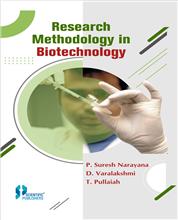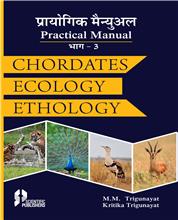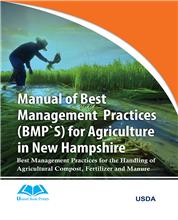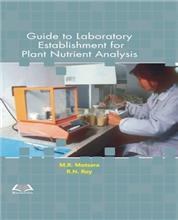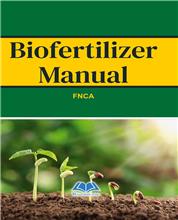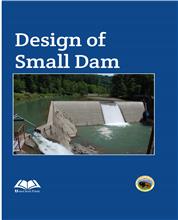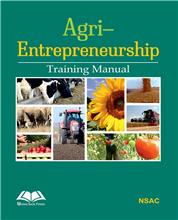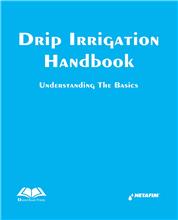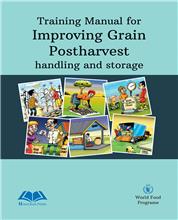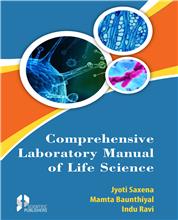What Is Soil Erosion?
Erosion by Rainfall and Running Water
Erosion by Wind
Erosion-Past, Present, and Future
Classifying Land Capability
Facts Obtained in the Field
Significant Variations in Land Features
The Classification Scheme.
Land-Capability Classes
Subclasses and Units
Land Suited for Cultivation
Land Not Suited for Cultivation
Land Not Suited for Cultivation, Grazing, or Woodland
Using the Physical Inventory
Choosing Practices To Fit the Land
A Conservation Farm Plan
Preventing and Controlling Gullies
Woodland Improvement
Tree Planting
Woodland Management
Terracing
Terracing and Agronomic Control Measures
Hydraulics of Terrace Design
Types of Terraces
Planning the Terrace System.
Terrace Specifications.
Terrace Staking, Realinement, and Marking
Terrace Construction
Farming Terraced Land
Stripcropping
Rotations
Contour Tillage and Terraces
Liming, Fertilizing, and Manuring
Stubble-Mulch
Width of Strips
Grass Waterways
Managing Stripcropped Fields
Cover Crops
Soil-Depleting, Soil-Conserving, and Soil-Building Crops
Soil-Depleting Crops
Soil-Conserving Crops
Soil-Building Crops
Pasture Improvement
Selecting Land for Pasture
Pasture on Land Suited for Cultivation
Land That Should Be Put in Pasture
Seedbed Preparation and Seeding
Treatment of Newly Seeded Pastures.
Cultivating, and Reseeding
Liming and Fertilizing
Controlling Weeds and Brush
Effect of Methods and Intensity of Grazing
Effect of Burning Pastures
Drainage of Pastureland
Pastures Compared With Harvested Crops
Grazing Practices and Livestock Management
Rangeland Improvement
The Grazing Load
Time for Grazing
Rotation Grazing
Grazing Distribution
Reservoirs or Ponds
Spring Development
Wells
Reseeding
Noxious Plants
Water Conservation
Contour Furrows
Pitting
Water Spreading
Reserve Feed Supplies
Conservation Irrigation
Wasted Water, Damaged Land
Problems Can Be Solved
Conservation Irrigation on the Farm
Irrigation Methods To Fit the Land, Crops, and Water Supply
Preparing Land for Conservation Irrigation
Irrigation-Distribution System on the Farm
Improving the Water Supply
Farm Drainage
How Drainage Helps
How Land Is Drained
Planning a Drainage System
The Outlet
Surface Drainage
Structures Used With Open Ditches
Underground Drainage
Constructing Tile Drains
Maintenance of Farm Drains
Conservation Nurseries
Selecting Nursery Site
Maintaining Soil Fertility
Selecting Suitable Conservation Plants
Production Procedures
Winter Storage of Nursery Stock
Grass and Legume Seed Production


